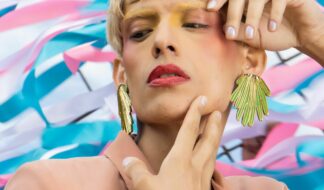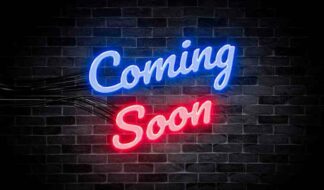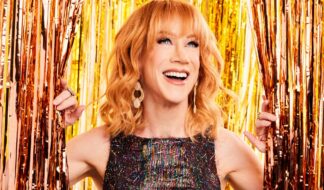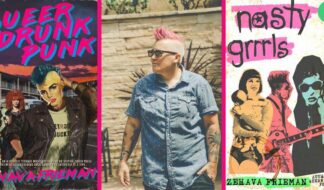WATCH: ‘Princess Power’ Producers Drew Barrymore and Savannah Guthrie on Gay Dads, Girl Power and Helping Kids Love Who They Are
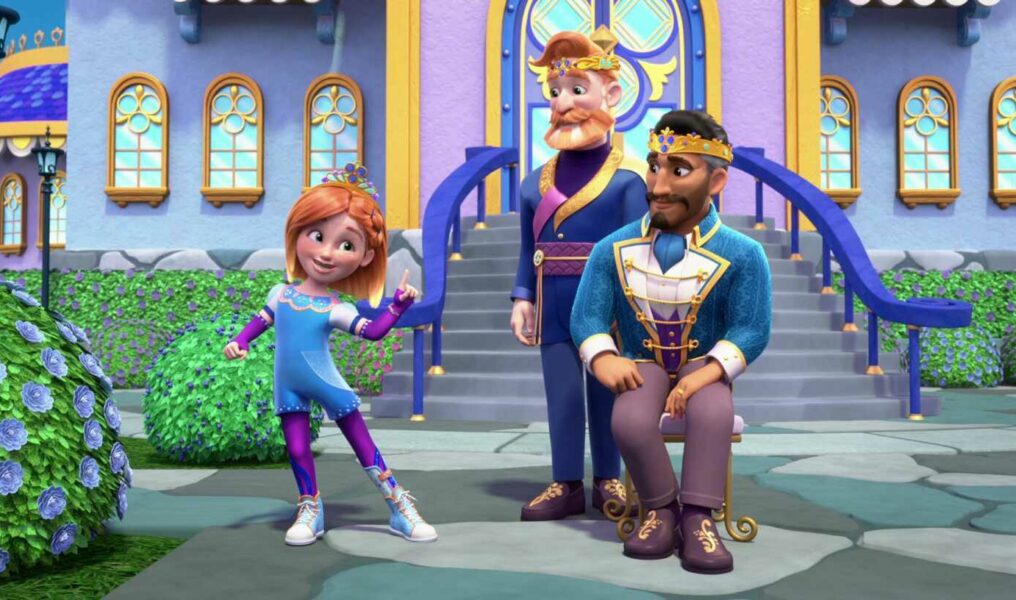
Snow White? I don’t know her. These days, the delicate, demure princesses from the earliest days of Disney films are history, replaced by a more socially progressive kind of young lady royalty that puts leadership and skills first, frilly dresses a distant second.
In fact, in “Princess Power,” a new Netflix kids show from executive producers Drew Barrymore and “Today” co-anchor Savannah Guthrie, the show’s theme song says it all — “no matter what we wear, we’re gonna be right there.”
Based on Guthrie’s bestselling book series, “Princesses Wear Pants,” co-written by parent educator and psychologist Allison Oppenheim, the show is full of girl-power positivity for every kind of kid seeking aspirational get-’er-done determination and the power of friend-family. Those messages, along with a valuable one on self-expression, are a part of the queer-inclusive, pro-feminist fabric of the 14-episode series, which follows princesses of four major fruit kingdoms: Kira Kiwi, Beatrice “Bea” Blueberry, Rita Raspberry and Penelope “Penny” Pineapple. They all love and accept each other as they do their part to change the world by helping their fellow “fruitizens.”
And then, of course, there are the gay dads. Voicing Beatrice’s fathers are actor Andrew Rannells (King Barton) and “Queer Eye” style expert Tan France (Sir Benedict).
According to their character descriptions, “While King Barton isn’t as much of a daredevil as his husband and daughter, he’s a brilliant pilot and feels as much at home in a biplane as he does in the kitchen, where he’s a master of bold and surprising concoctions. … Princess Bea gets her playful streak from Sir Benedict — he has a similar gleam in his eye and an equal love of adventure.”
“I just think that once we went from book to the show, we were trying to expand the world in every way you can imagine,” Guthrie said on Zoom about the decision to make Bea’s parents a same-sex couple.
The show, she says, is designed for any kid looking to find versions of themselves, or who they want to be, on screen. “You don’t have to see a carbon copy of yourself,” she said. “You just have to see an aspect that you can connect with and that tells you you’re accepted. I think that's really in the DNA of the books and now the shows, and it's so meaningful to us to be able to do that.”
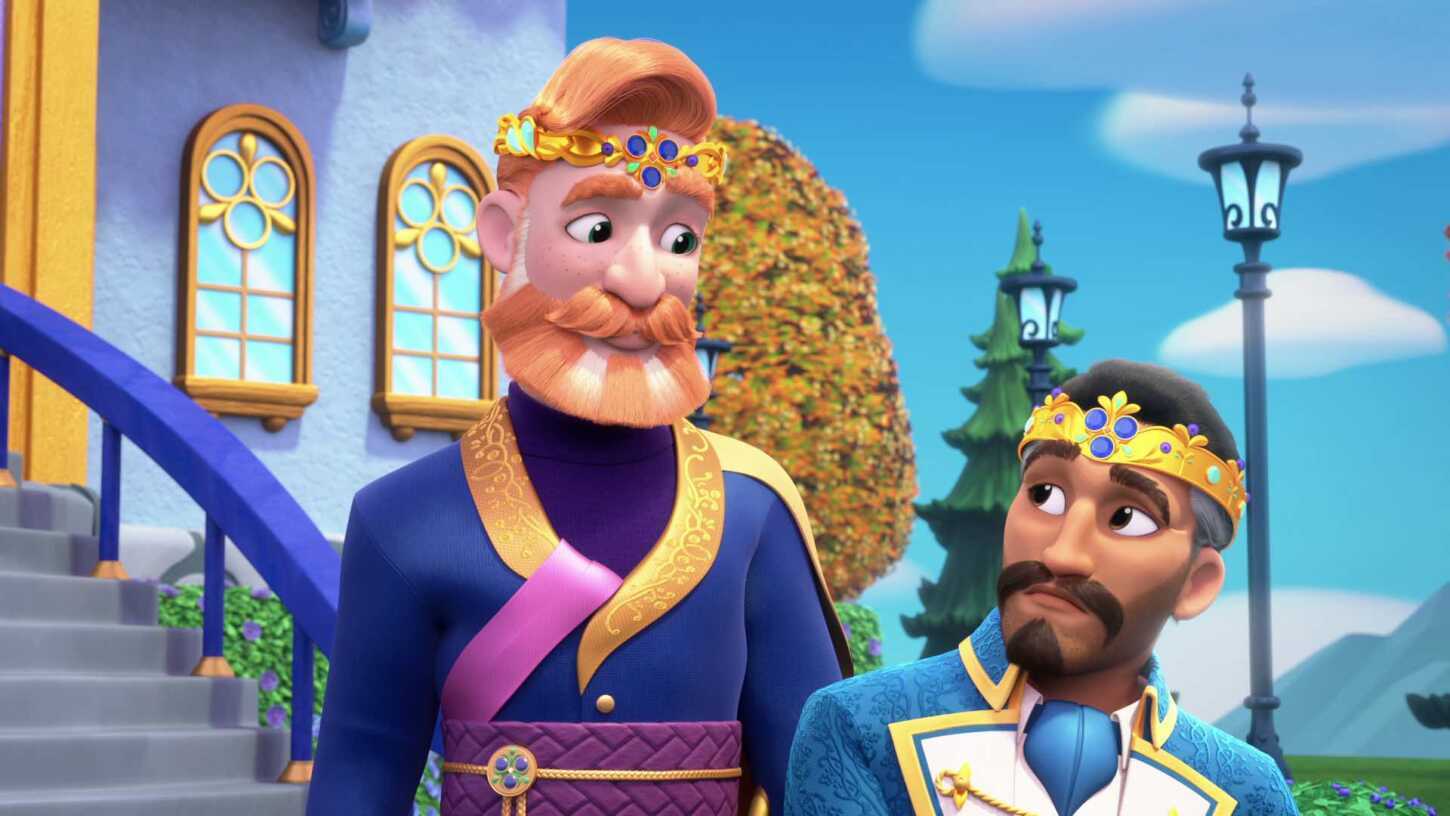
A show where powerful princesses can change the world and break down gender norms fits right within the motivating force behind some of Barrymore’s most popular work, like “Charlie’s Angels” and “Boys on the Side.” It’s something the actress, who is openly bisexual, is keenly aware of.
“I did grow up on things and characters and humans and themes that made me believe as a young girl that I didn't have to become a boy, or as a young woman trying to make films like ‘Charlie's Angels,’ you don't have to try to be a man or take men down,” she said. “For me, it's like, ‘How do we love everyone and how do we make everybody feel?’”
For Barrymore, she connected to Guthrie’s books just like she has some of her past characters, including her streetwise fighter character Dylan Sanders in “Charlie’s Angels.”
“There can be things in the creative world and the human realm that just make you feel like you can do it,” she said. “These books seem like that to me. This show, I hope, is that for people. Because that is exactly what happened to me in my life through other characters or roles I got to play or stories that I was told. It is who I am today because of it.”
Guthrie, who’s been the co-anchor of the NBC morning news show “Today” since 2012, felt inspired to become the journalist she is today after watching Katie Couric as a kid, so she gets it.
“I didn't have perfect hair, I didn't look a certain way,” she says. “I didn't know that I could make it into this business the way I was. When I saw how Katie did it, I knew that I could. There was a place for me. So even in that little narrow sense, I can't make a comparison, but I do understand the power of example and the power of seeing yourself and believing that if that person can be there, if they can be accepted, then maybe I could be accepted as well.”
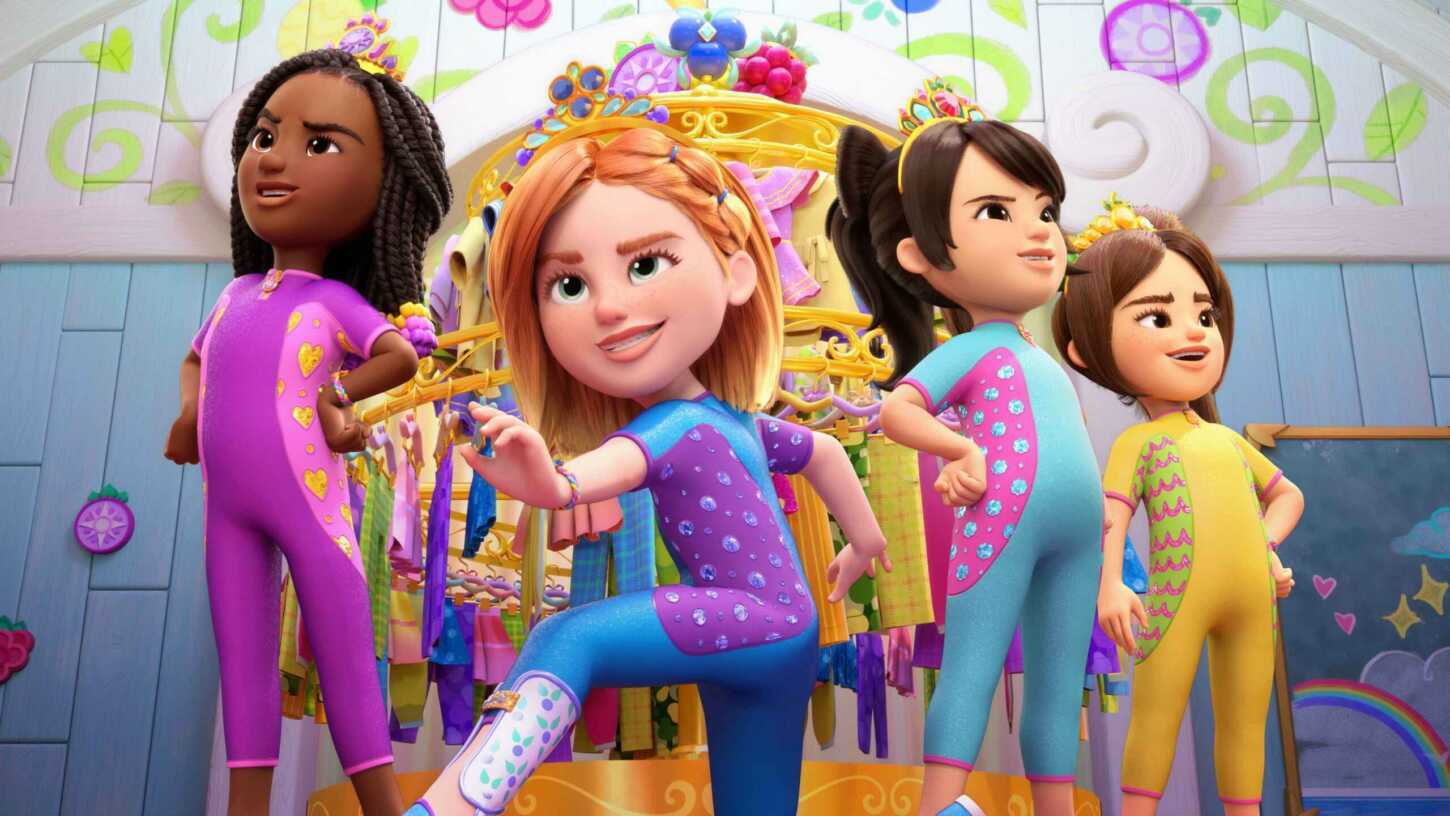
With recent rhetoric from anti-queer conservatives aimed at LGBTQ+ kids, from “Don’t Say Gay” laws to a troubling movement to ban queer-centric books from American libraries, the show — even if it is just a kids show about princesses — conveys a strong, necessary message to those who need to hear it.
“It’s simple: You belong. You’re here too. We see you,” Guthrie said.
“I hope that it's empowering," she continued. "I hope that it feels embracing. I hope that anybody who watches it feels like they're seen, even if it's just one aspect of themselves that they recognize. Even in the silliest way.”
“I love a platform like Netflix,” Barrymore added. “I love the world you created in the books. There are worlds for everyone that include everyone and trying to speak and reach everyone. [Those are] the things I want to be a part of.”
Certainly, when it comes to queer-inclusive kids content on TV, there are more options than ever — options that better reflect people who live in our real world. Those include two other animated Netflix series: “Ridley Scott,” featuring Rannells as one of Ridley’s dads, and “She-Ra and the Princess of Power,” which also casts queer characters as heroes.
Elsewhere, the animated comedy-horror show “The Owl House” on Disney+ stars a bisexual character named Luz Noceda and features a two-dad household and a non-binary character, while Hulu’s “Steven Universe” has been celebrated as one of the queerest kids shows on TV.
“I feel like there's always more work to be done,” Guthrie said regarding LGBTQ+ representation in kids programming. “You can never rest on your laurels. But I think you also have to acknowledge progress and be grateful for that and keep it going.”


